Forget VR and AR, one of the most exciting spaces right now is voice marketing. With Amazon Alexa and Google Home going mainstream last year, the voice-driven web has arrived. As with any newer technology, the application is a little clunky now. But it is not hard to imagine how voice will be the driver for pervasive computing, what will become the next iteration of the web.
I was excited to get an email from Think with Google (one of the exceptional newsletters to subscribe to if you haven’t already) that highlighted some of their livestreams from Google Beach this year at Cannes. And of note was this session that dealt directly with voice, entitled “How Do You Build a Brand in the Age of Assistance?” I’ve embedded the entire video, but below are some of the key takeaways with my thoughts about voice marketing.
1. Humans Will Connect with Our Digital Counterparts
While this may be a little bit of sci-fi, trends are suggesting that we will actually bond with our digital assistants. Humans have always sought out understanding and acceptance, and while it may feel a little like a plot line from 2001: A Space Odyssey or even Her, there exists the potential for emotional breakthroughs to happen when the computer begins speaking to us. In fact, it’s already happening.
After the scripted series “The Long Road Home” debuted on the National Geographic channel, the studio wanted to help bridge the gap for veterans who may be in dire need for access to mental healthcare. The brand turned to agency 360i to create the voice app Bravo Tango Brain Training to help military veterans gain access to mental healthcare. Air Force psychologist Dr. Michael Valdovinos assisted with this voice-driven app to help identify moods and provide suggested treatment. But would veterans actually open up to the digital assistant?
“Veterans come home from combat and a lot of them are struggling with the stresses of reintegration and dealing with what they saw on the battlefield, and yet so many people are so uncomfortable talking about mental health,” Abbey Klaassen, President of 360i said. “There are things that people don’t even feel comfortable talking about to their friends and to their family, but they will ask Google these things. That was essentially the insight that led to creating this action.”
Klaassen said that she was not quite sure exactly how sure that openness of typing a question into Google search would translate to voice, but had a hunch that it would work. But the results blew her away. “What we’ve seen is pretty incredible,” Klaassen told the audience. “Over 6,000 use cases a month and six to 11 minutes per session, which means they’re going through multiple exercises. [This is] a very personal use for voice.”
Finding a way for people to build relationships opens up entirely new markets. It’s no surprise that social networks consume an incredible amount of the consumers online time—they were created so that we could “connect” to other people (though they’ve recently devolved into click bait and an echo chamber). Yet where the people go, marketers follow. If we begin to forge relationships with our digital assistants through a “voice API,” I would expect our online time to shift to that channel and consequently the opportunity for your brand to deliver its message.
2. The Interplay Between Your Brand’s Voice and the Voice Medium
Another fascinating point is that your brand’s voice over the speaker must align with the over tone that you speak to your customer. In other words, a brand’s voice will actually become “audible.” But what was more fascinating was that the voice assistant for airline KLM actually informed the tone of how customer service responded to complaints, according to Nik Nieuwenhuijs, Co-founder and CEO CODE D’AZUR.
“Characteristics and tone of voice is really, really important and a great opportunity for brands to define those to generate a stronger relationship with their customers,” Nieuwenhuijs said.
Working on KLM Pack Assistant, a voice driven app that would help consumers pack for their trip based on the location, weather and duration of the trip, helped inform how customers should be talked to when calling the contact center.
“[KLM Pack Assistant] really defined the tone of voice for their customer support works dealing with questions and support for people,” offered Nieuwenhuijs. “So actually use that in terms of and define the brand voice as well in terms of friendly, professional as well as cheeky to trigger that emotional response.”
3. Voice Marketing of 2018 = Search Marketing of 1998
Have you ever wondered why you get a certain result when you ask Google Home about the news or weather? Of if you ask your digital assistant how has the best deal on a car? Voice is fast becoming a channel for seeking out information and there is a lot of positioning to be at the top of that list.
“Voice is like the early days of search—brands are trying to figure out how to be the ‘default’ response when users ask these devices for information,” Klaassen said.

And to try to understand how to rise to the top, 360i is asking digital assistants thousands of questions each month and monitoring the responses to make SEO-esque improvements to clients content. Because the channel is so new, it’s like we are time travelling back in time where SEO was dark magic. Only this time the stakes are much higher for that top ranked spot—while consumers may have scanned down the first page of search results, I don’t anticipate that they will like to their digital assistant prattle on much longer after the first result.
4. Voice Marketing is Not a Bolt On
“It is very easy to think about voice as another way of input. What I see with agencies and people that we work with is their looking for ways to use what they already have—their website or an app—and then add voice functionality to it,” Sander van der Vegte, of MediaMonks told the audience. “That’s a bit of a shame because there is so much more that you can do with it. It’s more than just pushing a button.”
As a person who was a social marketer for a major tech company, I know how easy it is for counterparts to “bolt on” a newer channel to their existing marketing stack. However, when you do that you miss out. Just like social media has its own nuances so does voice. Rob Bennett, CEO of rehab echoed this sentiment.
“This isn’t a PR stunt,” Bennett said. “People who have bought these home speakers are pretty smart, are interested, inquisitive and want to be stimulated. They’re talking to Google or other competitors and are getting a good experience, so if you’re going to build something in this space, you need to be at that level or better.”
Adopting Voice in the Marketing Stack
Admittedly, I have a lot to learn about voice as being the new channel for brands to market to consumers. As Abbey Klaassen pointed out, it is kind of like the Wild Wild West days of Search—however, the brands who begin focusing on voice and crack that nut will stand to win big in the coming years.
What do you think? Be sure to let me know in the comments—also, what voice assistant do you have?

